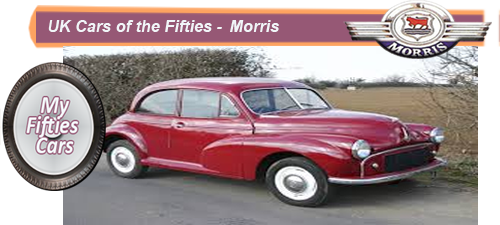
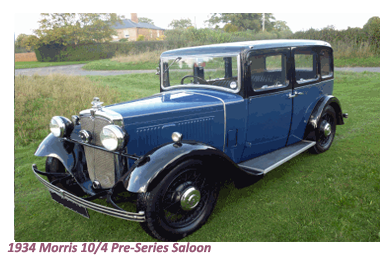 In 1926 William Morris established Morris Motors Ltd., initially to consolidate his manufacturing activities, absorbing companies who had been his principal suppliers, among them Morris Engines Limited (formerly Hotchkiss of Coventry), Osberton Radiators Limited, and body makers Hollick & Pratt Limited.
In 1926 William Morris established Morris Motors Ltd., initially to consolidate his manufacturing activities, absorbing companies who had been his principal suppliers, among them Morris Engines Limited (formerly Hotchkiss of Coventry), Osberton Radiators Limited, and body makers Hollick & Pratt Limited.
 Over the next ten years or more Morris Motors Ltd continued their acquisition/consolidation drive, absorbing several companies, among them car manufacturers MG, Riley, and Wolseley as well as a number of his major component suppliers.
Over the next ten years or more Morris Motors Ltd continued their acquisition/consolidation drive, absorbing several companies, among them car manufacturers MG, Riley, and Wolseley as well as a number of his major component suppliers.
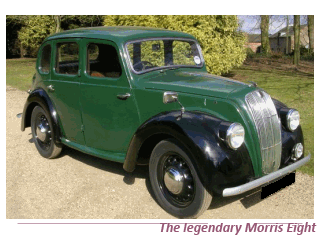 To be better able to compete, Morris formed the Nuffield Group, which included Morris, MG, Riley, and Wolseley, with these companies collectively responsible for about 50% of the total of production of UK cars in the late Thirties, in the years preceding the outbreak of World War II.
To be better able to compete, Morris formed the Nuffield Group, which included Morris, MG, Riley, and Wolseley, with these companies collectively responsible for about 50% of the total of production of UK cars in the late Thirties, in the years preceding the outbreak of World War II.
While Morris produced both large and small family saloons, they enjoyed most of their success on the small family car sector, with their Morris Eight and Ten top sellers in the UK during the post-Second World War years.
Morris, like most of their competitors, took their time to get back into gear after the war, relying on the pre-war models to meet the emerging demand for new cars.
However, Morris had plans for the Fifties, and they got under way in late October 1948, as the eagerly awaited Earls Court motor show in London opened its doors to the public so that they could cast their eyes upon three entirely new models: the Minor, the slightly larger Oxford, and the Six.
![]()
 Issigonis’s offerings had an extremely modern look, recognized by the UK motoring media to be well ahead of their time.
These new models, as well as others that followed from Morris in the early Fifties, sold very well.
Issigonis’s offerings had an extremely modern look, recognized by the UK motoring media to be well ahead of their time.
These new models, as well as others that followed from Morris in the early Fifties, sold very well.
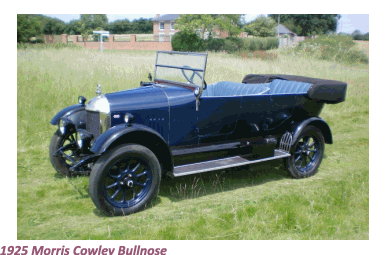 At that point, it appeared that the Nuffield Group, with William Morris, then still in his Fifties could do no wrong and would remain at the top of the leading independent UK car manufacturers of the decade.
That is the reason why the industry was shocked in 1952 when the news began to break that the Nuffield Group was to merge with their previous archrivals, Austin, and Austin-Healey to form the British Motor Corporation.
At that point, it appeared that the Nuffield Group, with William Morris, then still in his Fifties could do no wrong and would remain at the top of the leading independent UK car manufacturers of the decade.
That is the reason why the industry was shocked in 1952 when the news began to break that the Nuffield Group was to merge with their previous archrivals, Austin, and Austin-Healey to form the British Motor Corporation.
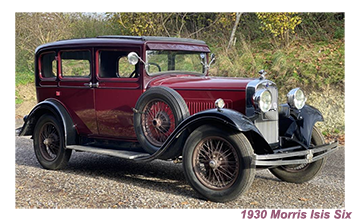 In the process BMC became the largest car manufacturer in Europe.
With the merger came the almost inevitable interchange of engines and other parts between marques and complete bodies were “badge engineered”, in other words, marketed under another marque's badge after being after some minor cosmetic changes, to make it stand out just a little.
In the process BMC became the largest car manufacturer in Europe.
With the merger came the almost inevitable interchange of engines and other parts between marques and complete bodies were “badge engineered”, in other words, marketed under another marque's badge after being after some minor cosmetic changes, to make it stand out just a little.
![]()
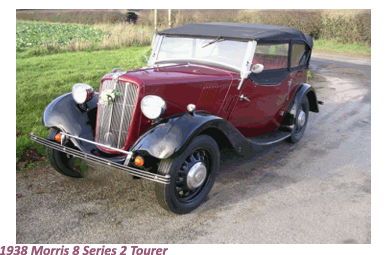 Austin’s firebrand managing director Leonard Lord was handed the tumultuous task of running BMC, which led to Austin's domination of the organisation, with Morris Motors' influence within the company gradually diluted.
Austin’s firebrand managing director Leonard Lord was handed the tumultuous task of running BMC, which led to Austin's domination of the organisation, with Morris Motors' influence within the company gradually diluted.
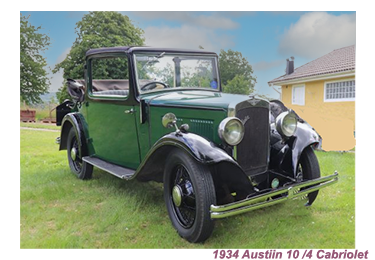 It did not take too long before Austin became little more than an operating subsidiary of BMC, with the Nuffield brands, the fruit of William Morris’s rich imagination, powerful drive and vision finally fading into history by the mid-Sixties.
William Morris, by that time Lord Nuffield, during the Fifties gradually wound up his activities at BMC, in his later years preferring to concentrate on his considerable philanthropic activities. He passed away in 1963, at the age of 86.
It did not take too long before Austin became little more than an operating subsidiary of BMC, with the Nuffield brands, the fruit of William Morris’s rich imagination, powerful drive and vision finally fading into history by the mid-Sixties.
William Morris, by that time Lord Nuffield, during the Fifties gradually wound up his activities at BMC, in his later years preferring to concentrate on his considerable philanthropic activities. He passed away in 1963, at the age of 86.
 Lord Nuffield will be remembered as one of the most hard-driving and innovator pioneers of the auto industry in the United Kingdom of the Twentieth century.
Lord Nuffield will be remembered as one of the most hard-driving and innovator pioneers of the auto industry in the United Kingdom of the Twentieth century.


